Categories: Featured Articles » Interesting Facts
Number of views: 8800
Comments on the article: 0
Examples of the use of ceramic materials in electrical engineering and electric power industry
Ceramics - mixed and specially treated finely ground inorganic substances - is widely used in modern electrical engineering. The very first ceramic materials were obtained precisely by sintering powders, due to which a strong, heat-resistant, inert to most media, having low dielectric losses, resistant to radiation, capable of long-term work under conditions of variable humidity, temperature and pressure of the ceramic. And this is only part of the remarkable properties of ceramics.
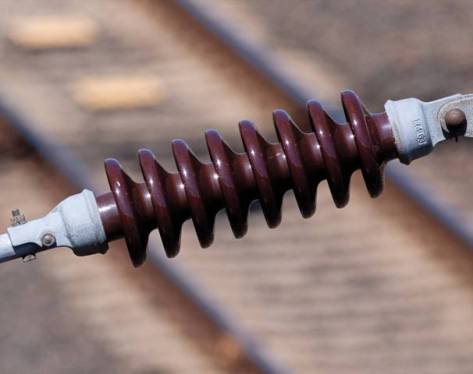
In the 50s, the use of ferrites (complex oxides based on iron oxide) began to grow actively, then they tried to use specially prepared ceramics in capacitors, resistors, high-temperature elements, for the manufacture of microcircuit substrates, and starting in the late 80s, in high-temperature superconductors . Later, ceramic materials with the required properties were specially developed and created - a new scientific direction in materials science has developed.

The three-phase structure of ceramics is formed from: crystalline, glassy and gas phases. The main phase is crystalline, it is solid solutions or chemical compounds that specify the main properties of the resulting material.
The vitreous phase is a layer between the crystals or individual microparticles that serve as a binder. The gas phase is in the pores of the material. The presence of pores, in conditions of high humidity, adversely affects the quality of ceramics.
1. Thermistors
Mixed transition metal oxide thermistors are called thermistors. They come with a positive temperature coefficient of resistance and a negative temperature coefficient of resistance (PTC or NTC).
At the heart of such a detail is a ceramic semiconductor made by sintering in air a multiphase structure of granular nitrides and metal oxides.
Sintering is carried out at a temperature of about 1200 ° C. In this case, the transition metals are: nickel, magnesium, cobalt.
The specific conductivity of a thermistor depends primarily on the degree of oxidation and on the current temperature of the resulting ceramic, and an additional change in conductivity in one direction or another is achieved by introducing a small amount of additives in the form of lithium or sodium.

Thermistors are tiny, they are made in the form of beads, disks or cylinders with a diameter of 0.1 mm to 4 cm, with wire leads. A bead is attached to the platinum wires, then the bead is covered with glass, which is sintered at 300 ° C, or the bead is sealed inside the glass tube.
In the case of discs, a metal coating is applied to the disc from both sides, to which the conclusions are soldered. These ceramic parts can often be found on printed circuit boards of very many electrical devices, as well as in thermal sensors.
See also on our website:
Using thermistors in temperature sensors
How to choose the right temperature sensor
The device and principle of operation of thermistor humidity sensors
2. Heating elements
Ceramic heating elements are a resistive (tungsten) wire surrounded by a sheath of ceramic material. In particular, industrial infrared heaters that are resistant to temperature extremes and inert to chemically aggressive environments are manufactured in particular.
Since in these elements the access of oxygen to the spiral is excluded, the metal of the spiral does not oxidize during operation.Such heaters are capable of working for decades, and the spiral inside remains intact.
See this topic:
How are modern heating elements arranged?
Comparison of heating elements and ceramic heaters
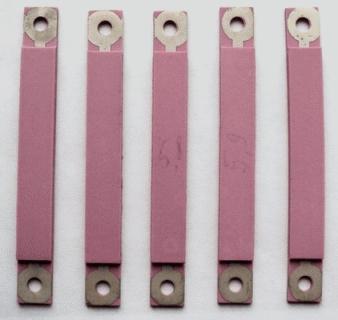
Another example of the successful use of a ceramic heating element in electrical engineering is a soldering iron. Here, the ceramic heater is made in the form of a roll, inside which finely dispersed tungsten powder is helically applied to a ceramic thin substrate, which is rolled into a tube around an aluminum oxide rod and baked in a hydrogen medium at a temperature of the order of 1500 ° C.
The element is durable, its insulation is of high quality, and its service life is long. The element has a characteristic technological groove.
For more information about ceramic brackets, see here - Designs of modern electric soldering irons
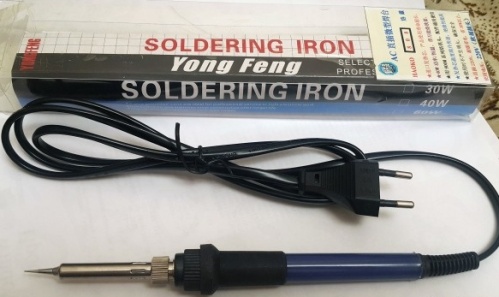
Ceramic soldering iron heating rate:
3. Varistors
The varistor has a nonlinear resistance associated with the voltage applied to its terminals, in this I-V characteristic of the varistor it is somewhat similar to a semiconductor device - a bi-directional zener diode.
Ceramic crystalline semiconductor for a varistor is made on the basis of zinc oxide with the addition of bismuth, magnesium, cobalt, etc. by sintering. It is able to dissipate a lot of energy at the time of protecting the circuit from a power surge, even if lightning or a sharply disconnected inductive load is the source of the shock.
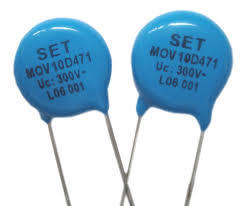
Ceramic varistors of various shapes and sizes - serve in AC and DC voltage networks, in low-voltage power supplies and in other applied areas of electrical engineering. Most often one can find varistors on printed circuit boards, where they are traditionally presented in the form of disks with wire leads.
Examples of the use of ceramic varistors in technology:
Modular surge arresters to protect wiring
Surge protectors for household appliances
Surge protection for power semiconductor devices
4. Ceramic substrates for integrated circuits
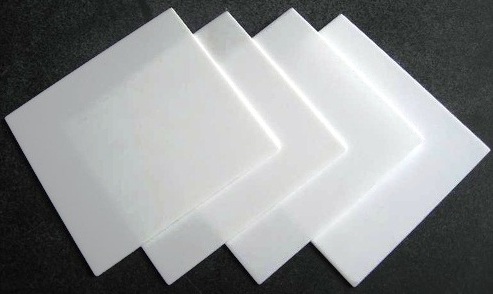
Insulating heat-conducting substrates for transistors are not only silicone, but also ceramic. The most popular are ceramic alumina substrates; they are characterized by high strength, good heat resistance, resistance to mechanical abrasion, and have small dielectric losses.
Aluminum nitride substrates are 8 times higher thermal conductivity than alumina. And zirconium oxide is characterized by even higher mechanical strength.
5. Ceramic insulators
Ceramic insulators made of electrotechnical porcelain are traditionally widely used in electrical engineering. High-voltage equipment is unthinkable without them. The peculiarity of this type of ceramic is that its technological properties allow you to create products of complex shapes and almost any size. At the same time, the sintering temperature range of porcelain is wide enough to obtain sufficiently good uniformity in the process of firing the insulator over the entire volume of the product.

With increasing stresses, there is a need to increase the size of insulators made of electrotechnical porcelain, and the strength and resistance to precipitation just makes the porcelain mass indispensable for high-voltage electrical engineering. 50% - clay and kaolin, they provide the ductility of electrical porcelain, as well as its formability and strength in the hardened state. Feldspar materials added to the mixture - expand the temperature range of sintering.
Although many modern ceramic materials surpass electrotechnical porcelain in some respects, technologically porcelain does not require expensive raw materials, there is no need to increase the firing temperature, and its ductility is excellent initially.
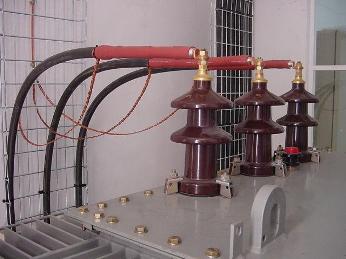
6. Superconductors
The superconductivity phenomenon used to create the strongest magnetic fields (in particular, it is used in cyclotrons) is realized by passing current through a superconductor without heat loss. To achieve the above result, type II superconductors are used, which are characterized by the coexistence of both superconductivity and magnetic field simultaneously.
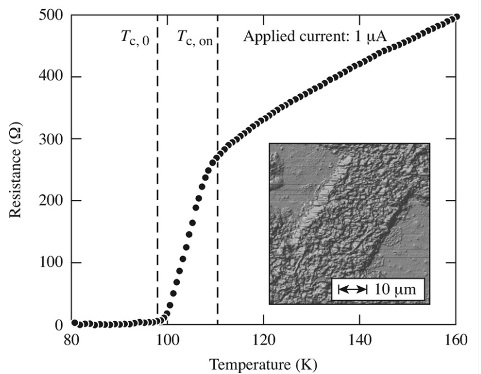
Thin filaments of a normal metal penetrate the sample, and each filament carries a magnetic flux quantum. At low temperatures, in the region of the boiling point of nitrogen (above −196 ° C), again, ceramics with well-separated copper-oxygen planes (cuprate-based superconductors) have to be used.
The superconductivity record belongs to the ceramic compound Hg – Ba – Ca – Cu – O (F), discovered in 2003, since at a pressure of 400 kbar it becomes a superconductor even at temperatures up to −107 ° C. This is a very high temperature for superconductivity.
See more on this topic: High temperature superconductivity and its application
See also at bgv.electricianexp.com
:
